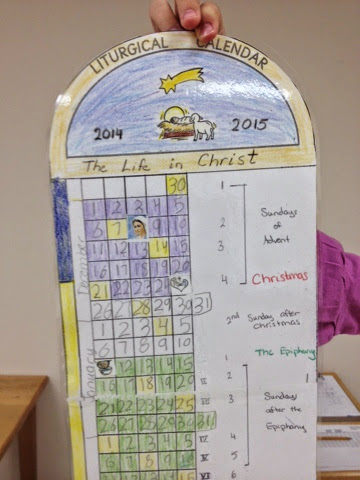A Word About Parables: When we are in the Atrium with the children, we announce the parable, meditate with the children and wonder with them about the words of Jesus. We allow the child to work with the materials as part of their own meditation, as well as time for silence, prayer or song. The most difficult thing for us to do as adults is to simply stop and be still. We do not want to put ourselves between the Word of God and the child. In parables, we let the scripture do the teaching. We do not tell the children how to interpret parables, offer definitions of the parable, as no one formula or definition speaks to everyone at the same time.
When this methodology was in its infancy, Sofia sometimes referred to it as the 'Parable method.' Until I began my own formation, I certainly did not comprehend the depth and value of this manner of teaching. In college, I appreciated the 'just the facts' type profs, although if I look back, I admit I learned much more as I went down various rabbit trails based on the snippets of information I was given in class.
Notes I took during my first CGS formation more than a decade ago:
A parable offers images that help us to penetrate mysteries too deep to communicate in definitions, too rich to capture in just one definition. There is no single interpretation, making them accessible to everyone. Parables leave listeners with a sense of wonder and help us to see the splendor in the ordinary – help us to see through this world into the mystery that lies behind it. Listeners are invited to search together for
the meaning – the line between student and teacher is erased as we become
co-wonderers.
Cavalletti says “The use of a definition betrays the reality that
God is unfathomable.” While a parable is
the beginning of a conversation, a definition is a closed door. Definitions do not stir any interior
reflection or work in the child, instead giving a finished product and failing to draw the child into the process. Parables help us enter into mysteries too
deep to describe with mere definitions.
“Explanation is like the pin that immobilizes the
butterfly.” Sofia
I often think about that last statement when I hear sermons detailing exactly what was meant by a certain parable. Personally, the parables say something different to me each time I encounter them and I marvel at the very aptly named "living word!"
As an adult, I'm privileged to share scripture both with other adults and with children. I think what has caught me most unaware, is the living aspect of the word of God. Every single time I encounter Christ through scripure He has something new to say to me. What a lovely gift that is!
~ Beate
Here are two of the parables we share with the children - can you see the tiny mustard seed that is lying on the card?





